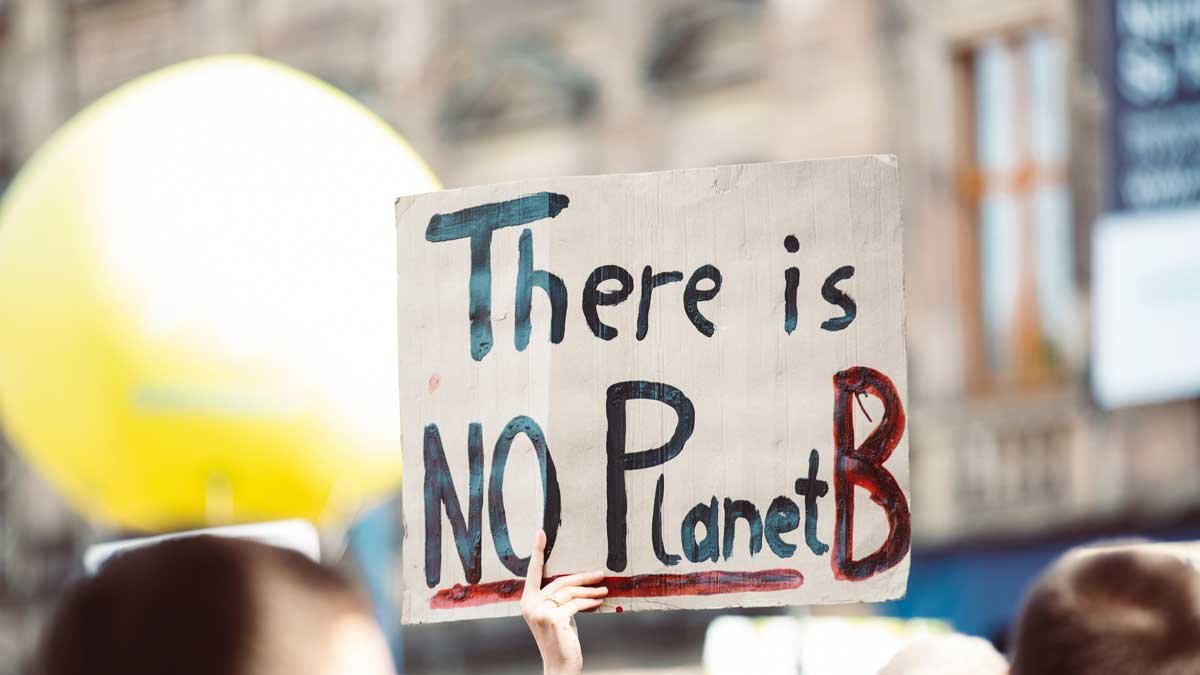Understanding Climate Change and Its Impact

Activists and people of goodwill are fighting to restore the earth to a glorious state. However, human activities aren’t making it easy.
What causes the oblivion of what climatic changes amounts to is the misinformation about climate variations.
To help combat the impact of climate change, you have to understand what it means. Climate change is the variation of global climatic patterns. These patterns cause an increase in earth’s temperatures, which is referred to as global warming.
Do you want to discover why every half a degree of warming matters? It is because the impacts of climate change are adverse. Examples of such effects include rising temperatures, heavier rainfall, melting glaciers, overheating oceans, and rising sea levels.
Get more information about the top environmental concerns at Erizon.
Coastal Erosion And Rising Ocean Level-how Does It Affect Us?
One of the ways that climate change is plaguing the world today is the rise in ocean levels. Sadly, when the levels rise, the coastline weakens and causes coastal erosion.
But how does it happen? It is because oceans absorb the heat from the atmosphere.
The effects include; rise in water surface temperatures, ocean levels, and an increase in water currents. Besides that, the oceans expand!
Other ways that marine transgressions affect humans include:
1. Contaminating Drinking Water
When the water levels rise and crawl up the coastline, water seeps into the ground and mixes with the freshwater. Since ocean water is salty, it contaminates the fresh underground water. The water then becomes salty, making it harmful for human consumption.
2. Human Displacement
The extent and severity of the high sea levels include a surge in tides and water currents. A combination of the tides and strong waves cause coastal flooding, leading to coastal erosion.
The erosion creeps on the land and causes damage to human settlement. This effect forces the people that live by the shoreline to abandon their homes and migrate to other places.
3. Heavy Rains and Strong Winds
When the water surface heats up, evaporation intensifies. The vapor buildup in the air and the wind combine and cause heavy precipitation and strong winds. The strong winds, like hurricanes, destroy homes and kill people.
Hawaii Coastal Erosion and Sea Level
Human beings are the immediate recipients of the ocean’s wrath. And flooding is the most obvious consequence.
Well, Hawaii understands it most. The reason is that the high ocean levels have shrunk beaches and islands around the region.
What makes this prevalence more catastrophic are the buildings that are on the coastline. Although people build these houses to harden the shoreline and protect the occupants from waves, they threaten the sea by reducing its beach.
In retaliation, the coast draws towards the land to win more space and sand, leading to erosion. Sadly, Hawaii’s coastlines could soon be underwater if we do nothing about it.
What Can We Do?

1. Shrink Living Spaces
Normalize living in smaller homes without shrinking your lifestyle. The reason is, downsizing homes and shrinking large buildings to smaller living spaces can help in waste management.
Apart from that, it reduces the need to use excess fuel in running homes.
2. Spread Awareness
Unfortunately, it is hard to come by the chances of making reforms. Misinformation and lack of knowledge about environmental degradation block the efforts.
But then, activists, schools, and media can be front-line soldiers in battling this shortcoming. They can raise awareness about the effects on climatic variations and ways to beat them.
3. Green Commuting
The hype in the current world demands everyone to stay in the lead of everything. This hype forces people to reach places in time by driving to save on time.
But then, there’s a way to handle the meaningful activities. You can choose to walk, ride a bike riding, or prefer public transportation to drive vehicles.
This move helps reduce the number of cars that emit greenhouse gases.
4. Recycle
Manufacturing industries are the leading environmental polluters. The reason is that the items they manufacture require excess energy during production.
To reduce the need to manufacture, you can turn to a cleaner alternative-recycling. Recycling is environment-friendly because the process does not include emitting gases to the atmosphere.
For this to happen, you have to collect plastic and metal and take them to a recycling plant.
5. Turn To Renewable Energy
You can reduce the demand for fossil fuel by turning to renewable energy. Such clean energies include using solar, wind as a source of energy in place of water and wood.
Opportunities And Challenges
Although people have the willpower to turn to a green way of living, there are barriers to conquer. They include:
1. Low Personal Understanding
Unfortunately, not everyone understands what the world is up against. It is because of little knowledge about climate science.
2. Poverty and Inadequate Funds
Most firms, governments, and individuals have limited funds to spend on adaptation plans. They find it easier to attend to the cost-effective and immediate resources.
3. Legal Uncertainty
Lack of political will, laws, and leadership to steer environmental reforms demotivates the locals to fight for greener lifestyles.
4. Modern Living
Current lifestyle conveniences like electricity, air conditioning, and commuting make turning to greener living options hard and expensive.
Summary
Now that climatic change is tantamount to a disastrous life, it is time to call out this crisis for what it is.
